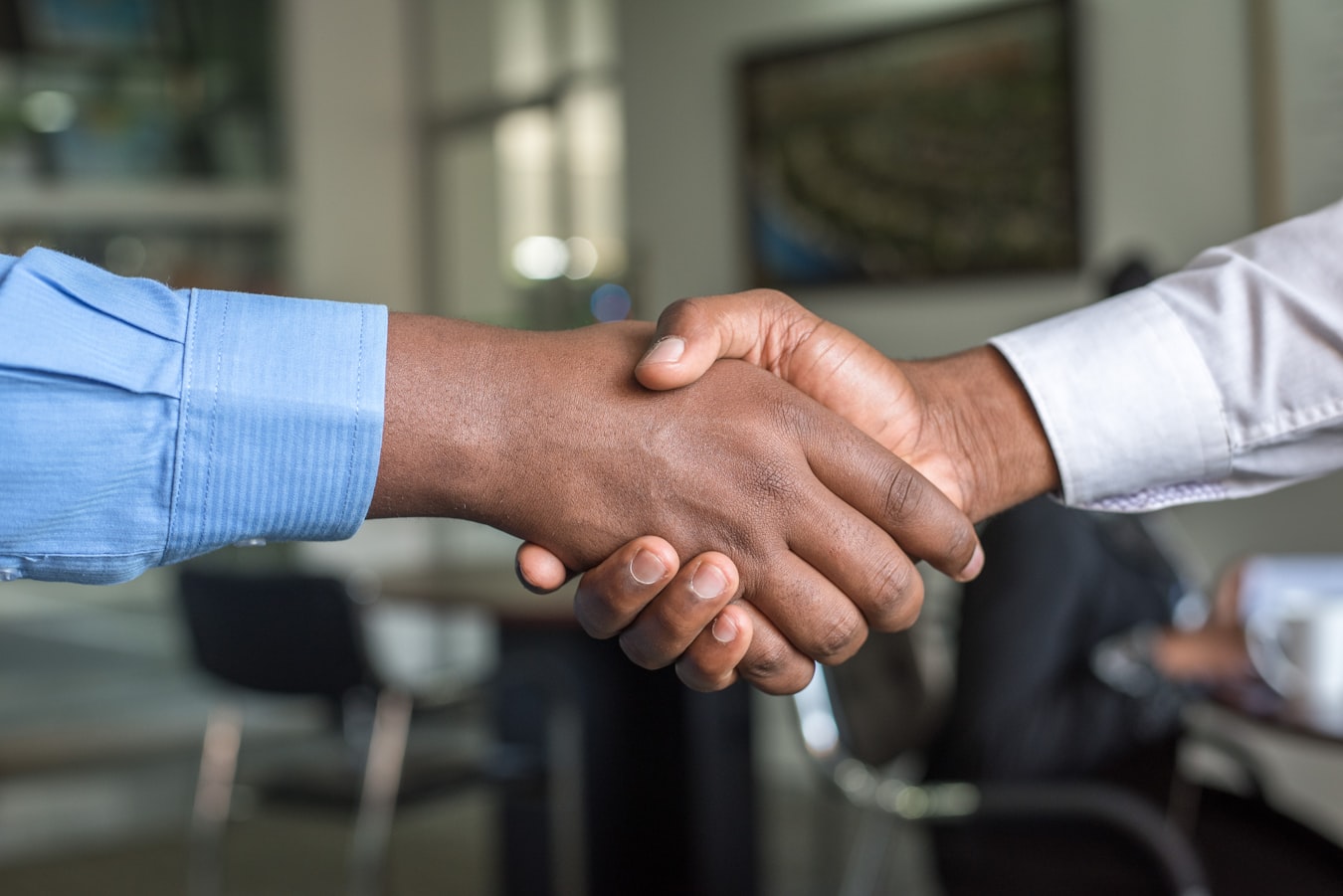ACE Foundation of Florida
We are committed to supporting you at every stage of your recovery journey, providing compassionate care and guidance throughout. Your well-being is our priority, and we are here to help you rebuild with confidence and strength.
About ACE Foundation
Welcome to the ACE Foundation of Florida — a compassionate community committed to empowering individuals on their journey to recovery and independence. We offer a wide range of comprehensive, no-cost services tailored to support your unique needs, including mental health care, Hepatitis C and HIV testing and treatment, essential life services, career counseling, rapid housing assistance, wellness classes, and food support.
At ACE, we walk alongside you every step of the way, helping you build a healthier, more stable, and fulfilling future.
Our Mission
At the ACE Foundation of Florida, you are never alone. We are with you every step of the way on your journey toward recovery. If you or a loved one need support, don't hesitate to reach out to us today. We're not just a service—we're a community that truly cares.
Transforming Addiction Treatment
We are reshaping the healthcare system to provide universal access to scientifically proven and effective addiction treatments.
Ending Addiction Stigma
We are driving change in attitudes and behaviors to eliminate the stigma associated with this chronic illness.
Educating and Empowering Communities
We deliver valuable information and resources to support everyone affected by addiction.
Advocating for Change
We are driving nationwide policy reforms to expand recovery opportunities for more Americans.
Recovery Is Possible.
At our organization, we recognize the profound effects of substance abuse on individuals and their families. That’s why we are dedicated to providing assistance to those seeking recovery, guiding them on the path to a positive outcome.


Our Services

Wellness Classes
At the ACE Foundation, we believe in a comprehensive, holistic approach to addiction recovery. Our classes span from dynamic exercise routines to calming yoga sessions and even include the traditional art of Tai Chi.
Read More
PrEP for HIV-1
We offer free Pre-Exposure Prophylaxis (PrEP) for HIV-1 and confidential HIV testing because we believe that everyone deserves access to prevention and detection services.
Read More
Career Counseling
Our nonprofit organization partners with local businesses to assist individuals striving for stability and success. We offer career counseling, interview training, and professional attire guidance.
Read More
Food For All Program
Access to a healthy meal is a common challenge faced by our veterans and civilian transients. To address this crucial need, we have partnered with our community to provide free meals twice a week.
Read More
Rapid Housing Resources
At our nonprofit organization, our goal is to assist families and individuals experiencing homelessness in securing permanent housing within 30-60 days.
Read More
Hep C Testing & Treatment
We offer comprehensive, absolutely free Hepatitis C testing and treatment services. Our mission is to eliminate Hepatitis C through proactive screening, advanced medical treatments, and public education.
Read MoreSaving Lives with Injectable Naloxone
Additional Resources
SAMHSA
Use the following link to locate Substance Use Facilities, Mental Health Facilities, and Buprenorphine Physicians by city or zip code.
Visit ResourceNASEN
Use the following link to get connected to programs and resources used to reduce harm and to locate needle exchanges or syringe service programs.
Visit ResourceSUICIDE PREVENTION HOTLINE
Use the following link for a list of 24/7 hotlines and services if you or someone you love is thinking about suicide or would like emotional support.
Visit ResourceYou’re Never Alone with ACE Foundation of Florida
We walk beside you every step of the way on your path to recovery. Whether you or a loved one needs support, don’t hesitate to connect with us. At ACE, we’re more than just a service—we’re a community that cares deeply.
Get Support TodayOur Partners






See How Recovery Changes Lives
"I hold no regrets for my past addiction, for through my recovery, my consciousness has ascended to extraordinary heights. Presently, I possess the remarkable ability to experience emotions fully and comprehend them with profound clarity. This newfound awareness has become an invaluable gift in my life."
"The journey of self-discovery continues for me, as I unravel the depths of my true identity. Gradually, I am developing a fondness for myself, and perhaps even embracing self-love in a way I never thought possible. This transformation enables me to fulfill the role of a mother that both my daughters require, desire, and truly deserve. I am overwhelmed with gratitude for this opportunity."
"I experienced homelessness, resorting to using any available drug. However, during my journey in rehabilitation, I discovered a haven where I truly belonged. It was a place where I forged meaningful friendships and encountered a love that mended the emptiness within me. Now, after two years of steadfast recovery, my sorrow has transformed into genuine happiness."
Frequently Asked Questions
Our nonprofit is dedicated to helping individuals overcome addiction and rebuild their lives. We offer a wide range of services including awareness and connection, comprehensive health assessments, individualized treatment plans, and ongoing support. Our approach is holistic, including not only addiction recovery but also mental health support, STD testing and treatment, and assistance with basic necessities.
Simply reach out to us through our website or call our hotline. We will schedule an initial appointment for a comprehensive screening to assess your overall health, substance use history, and potential exposure to HIV, Hepatitis C, or other STDs.
After your assessment, our team will develop a tailored treatment plan. This plan includes medical treatment for addiction and any diagnosed STDs, mental health counseling, and life skills development. Depending on your needs, we may also connect you with resources like housing support, job training, or education.
Yes, we offer ongoing support after initial treatment. This includes group therapy, individual counseling, job placement assistance, and regular check-ins to track your progress. We also provide ongoing testing and treatment for HIV, Hepatitis C, and other STDs, as necessary.
We offer free and confidential testing for HIV, Hepatitis C, and other STDs. If a test comes back positive, our team of healthcare professionals will provide the necessary treatment and monitor your progress throughout your recovery journey.
We understand the crucial role mental health plays in recovery from addiction. Our mental health clinic offers individual counseling and group therapy sessions led by professional psychologists and counselors. We aim to help you navigate your mental health needs as part of your recovery journey.
We assist with meeting basic needs by providing hygiene kits, clothing, and food services through generous donations. We also offer preparation assistance for job interviews to help you transition towards self-sufficiency and stability.
Our goal is to eliminate barriers to recovery, so we offer our services, including STD testing and treatment, free of charge. We believe everyone should have access to the resources they need to regain control over their lives, irrespective of their financial situation.
